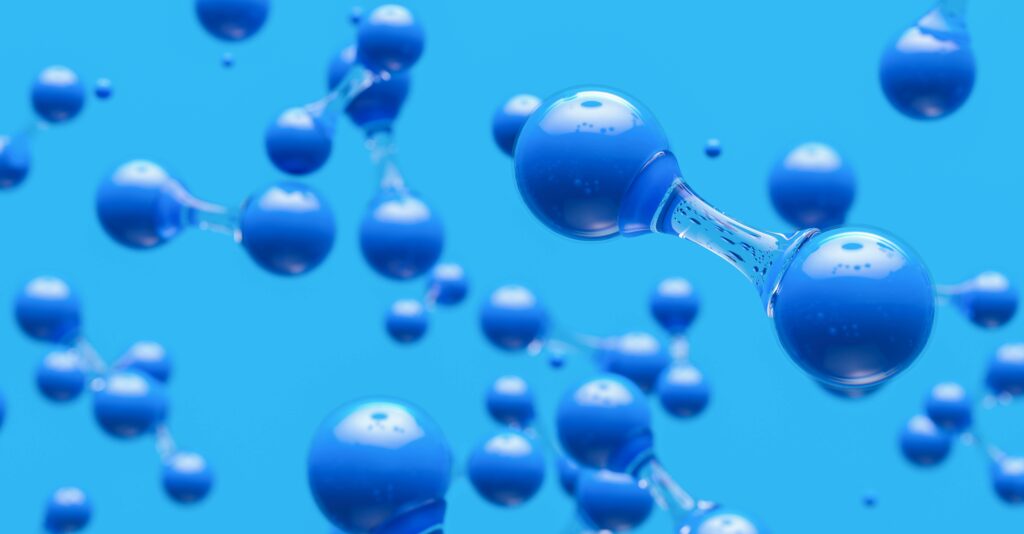Introduction
Food grade hydrogen peroxide is a versatile substance that can be used in various ways to ensure food safety, clean households, and promote health. It is known for its high level of purity, and it does not have any stabilizers, which make it safe for use in areas where purity matters more than anything else. This guide will look at different aspects of food-grade hydrogen peroxide, including composition, production, application, and safety considerations.
What is Food Grade Hydrogen Peroxide?
Food-grade hydrogen peroxide has 35% concentration of hydrogen peroxide (H2O2) which is much higher than the 3% solution normally found in drug stores for first aid purposes. Unlike its less concentrated counterparts, food-grade hydrogen peroxide does not contain stabilizers or other additives thereby allowing it to suitably serve applications demanding high levels of purity such as medical uses and food processing.
Manufacturing Process and Purity
The production of food grade hydrogen peroxide involves strict manufacturing procedures aimed at achieving high levels of purity. It must meet regulatory standards set by organizations like FDA hence free from contaminants that could endanger people’s lives. These rigid standards differentiate it from technical or pharmaceutical grades of hydrogen peroxide which may have impurities such as stabilizers.
Common Uses of Food Grade Hydrogen Peroxide
- Household Cleaning
It serves as an effective eco-friendly cleaner within homes. Examples include disinfecting surfaces, removing stains and eliminating mold/mildew growths. For instance, this strong antimicrobial property makes it perfect for cleaning kitchen counter tops, bathroom fixtures among other highly touched objects.
- Food Preservation
In the field of food processing, sanitization against bacteria causing agents on food contact surfaces and equipment utilizes edible hydrogen peroxide. Additionally, fruits may be soaked in solutions prepared using the chemical compound so as to get rid of bacteria along with other pathogens thus increasing their shelf life.
Health and fitness uses of Food Grade Hydrogen Peroxide
In the health and wellness field, food grade hydrogen peroxide has various purposes. When diluted appropriately, it can be used as a mouthwash to kill germs and whiten teeth. It is also used in some detoxification regimens, although such uses should be approached with caution and professional guidance.
Health Benefits of Food Grade Hydrogen Peroxide
- Antimicrobial Properties
Food grade hydrogen peroxide is popular for its ability to kill several types of microbes including; bacteria, viruses and fungi. This makes it very effective in cleaning wounds or disinfecting different surfaces.
- Oral Hygiene
A solution made from a small amount of dilute food-grade hydrogen peroxide could be used as a mouthwash to minimize oral bacteria, whiten teeth or improving general oral health care. Its capacity to kill bacteria also prevents bad breath halitosis and gum diseases.
- Detoxification and Oxygenation
Some people have even claimed that using 35% food-grade hydrogen peroxide will not only oxygenate your system but also help cleanse toxins out of your body, leading to healthier cells. However, these are controversial uses that need some caution before being employed.
Potential Risks and Safety Concerns
Risks of improper use A 35% concentration of food grade hydrogen peroxide is highly corrosive causing severe burns if applied on mucous membranes or skin. Even worse, drinking undiluted form leads to severe internal injuries
It is important that food grade hydrogen peroxide is diluted correctly in accordance with the given guidelines for safety reasons. A 3% solution is relevant and acceptable for most household and health applications. Diluting it properly reduces chances of getting burns and other damages.
Storage and Usage Precautions
Food grade hydrogen peroxide should be stored in a cool, dark place, ideally in its original container which was made to prevent decomposition. Keep out of reach for children or pets to avoid accidental exposure.
Comparison with Regular Hydrogen Peroxide
Differences in Concentration
Concentration is the main difference between food grade hydrogen peroxide and regular hydrogen peroxide. Generally, food grade H2O2 is 35%, while “regular” hydrogen peroxide usually comes as a 3% solution. This makes it more potent than normal but also requires greater precautions during handling.
Safe Handling Measures
Because its concentration is higher, safety measures should be strictly adhered to when using food grade hydrogen peroxide including dilution as required before use. Regular hydrogen peroxide on the other hand can generally be used daily and does not need any dilution.
Ways to Properly Dilute Food Grade Hydrogen Peroxide
Suggestions for Dilution
For general household cleaning purposes it’s advisable to use a 3% solution. This can be achieved by taking one part of 35% food grade hydrogen peroxide mixed with eleven parts water. For mouthwash, typically a safe concentration will be at about one percent which may be achieved by mixing one part of 35% hydrogen peroxide with thirty four parts of water.
Stepwise Procedure for Dilution
- Protective gloves must be worn together with goggles.
- The correct amount from stock concentrated material should always be measured accurately first.
- Hydrogen peroxide ought to be poured into distilled water (never in the reverse direction to avoid splashing).
- Stir well and store the diluted solution in a container that is labeled.
Using Food Grade Hydrogen Peroxide for Cleaning and Disinfection
- Efficient Cleaning Solutions
A 3% hydrogen peroxide solution can be used to clean and disinfect different surfaces such as kitchen countertops, bathroom fixtures, or cutting boards. By doing this it effectively kills germs and bacteria to make sure that the environment is healthy.
- Disinfection Protocols for Surfaces
To disinfect surfaces, apply the 3% hydrogen peroxide spray and allow it to sit for at least five minutes before wiping off. For effective killing of pathogens through this method, time has to be allowed for contact with the sterilizing agent.
Kitchen Uses for Food Grade Hydrogen Peroxide
- Cleaning Fruits and Vegetables
Soak fruits and vegetables in 3% hydrogen peroxide for a few minutes, then thoroughly rinse with water. This helps remove pesticides, bacteria, or other contaminants.
- Kitchen Surface Sanitation
Use dilute hydrogen peroxide to wipe kitchen surfaces including countertops that come into direct contact with foods such as cutting boards and sinks. This will ensure you have maintained hygiene reducing any possibility of foodborne illnesses.
Medical Applications
- Topical Uses for Minor Wounds
A safe way of cleansing minor cuts and scrapes is by using a 3% hydrogen peroxide solution which prevents infection while promoting healing. Let it bubble on the wound for some minutes before rinsing with water then cover it with sterile bandage.
- Inhalation and Internal Use (with Caution)
In some cases, people use diluted food grade hydrogen peroxide during detoxification protocols either through inhalation or internally. However, these should never be done without medical supervision because of the potential dangers involved.
- Biodegradation
Hydrogen peroxide degrades into water and oxygen, so it is considered to be an environmentally friendly cleaner. Unlike bleaching agents and other toxic substances, they do not leave dangerous residues or add to pollution.
Comparison with Other Cleaning Agents
In relation to traditional cleaners, food grade hydrogen peroxide has lower toxicity and higher availability. Its use reduces the environmental impact of household cleaning and disinfection.
Myths and Misconceptions
- Common Myths Debunked
There are a number of myths about food grade hydrogen peroxide including that it can cure everything or is safe for drinking. These must be tested against scientific proof and expert advice regarding its proper usage as well as limitations.
- Scientific Evidence and Expert Opinions
However, it remains speculative whether this should be used internally for health benefits without any proper scientific backing behind it although some studies have suggested that food grade hydrogen peroxide can be useful in certain cases like disinfecting wounds.
Choosing the Right Food Grade Hydrogen Peroxide
When choosing food grade hydrogen peroxide you should consider factors such as purity, concentration and brand name. Additionally ensure that the product does meet regulatory standards while being free of additives or stabilizers.
In particular products from reputable brands such as Essential Oxygen, Pure Chem Co., And Guardian of Eden are known for their purity levels as well as their adherence to safety standards.
Future Trends and Innovations
Emerging Uses and Research
Current research also seeks possibilities of using hydrogen peroxide in medical treatments among other applications like environmental clean-up campaigns. This aim at improving its efficacy alongside reducing risks associated with various uses made possible by innovations.
Market Growth and Consumer Trends
The demand for food grade hydrogen peroxide is expected to grow in line with consumer trends towards healthier lifestyles. It reflects a larger shift towards eco-friendly products driven by increased awareness on personal health concerns among people.
Conclusion
Food grade hydrogen peroxide is a versatile and potent substance that serves multiple purposes such as cleaning, food preservation as well as health. Proper utilization of this substance will yield great results while minimizing any harm to the environment. Always follow proper guidelines for dilution and handling to ensure safety and effectiveness.
Visit our blog section to read more.






